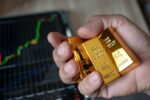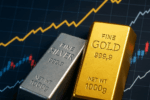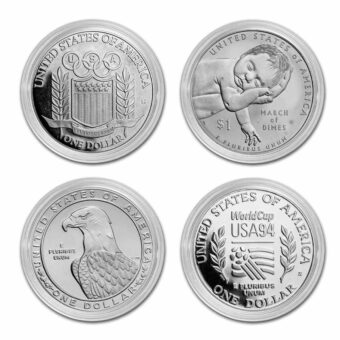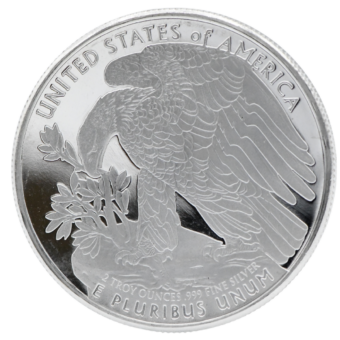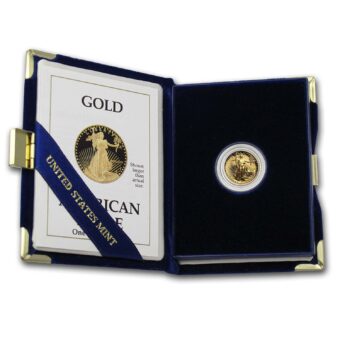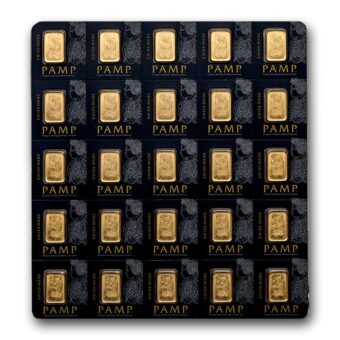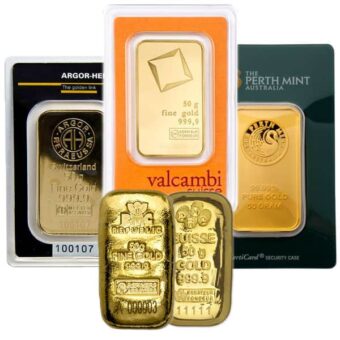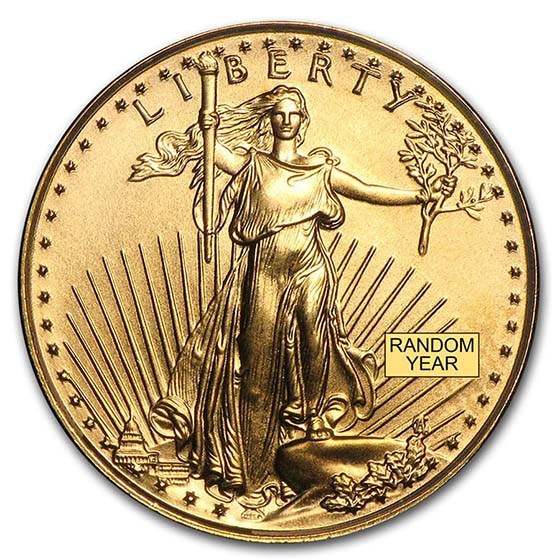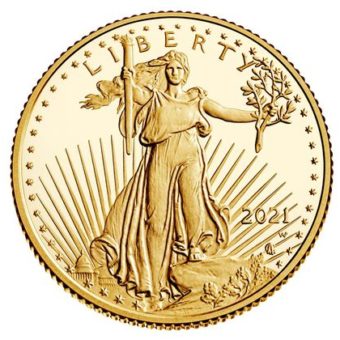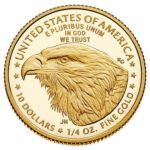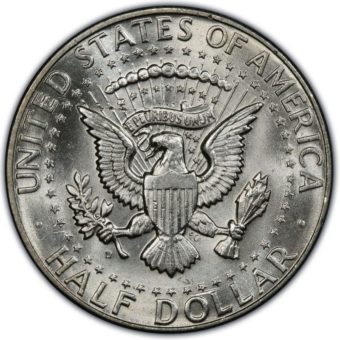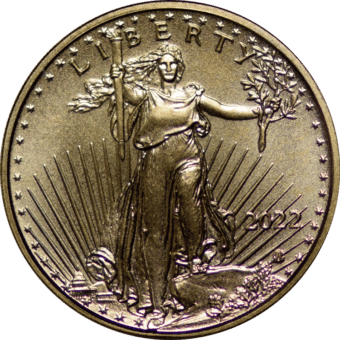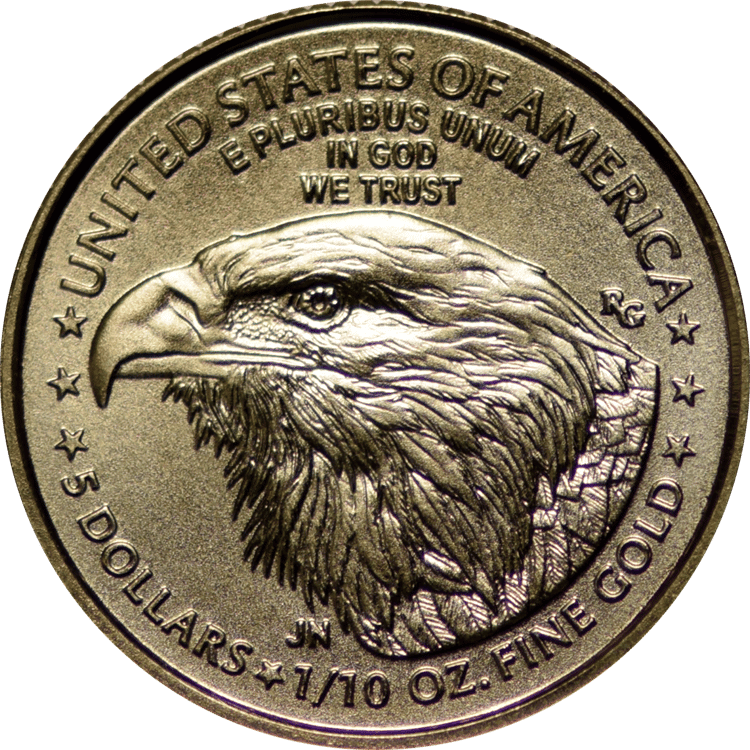Gold’s surge past $2,800/oz marks a historic milestone, cementing its role as a premier safe-haven asset amid escalating macroeconomic and geopolitical risks. This record-breaking rally reflects heightened investor anxiety over U.S. tariff policies—specifically the 25% levy on Mexican and Canadian imports announced by the Trump administration—which threaten to reignite trade wars and destabilize global markets. The breach of the $2,800 resistance level (previously a technical ceiling in late 2024) carries psychological significance, confirming gold’s bullish momentum and opening potential paths toward $3,000/oz.
Three primary drivers fueled this ascent:
- Monetary policy uncertainty: Despite the Federal Reserve holding rates steady, mixed signals about future cuts have kept real yields subdued while inflation persists at 2.9%. Gold thrives in this low-rate environment, as reduced opportunity costs make non-yielding assets more attractive.
- Geopolitical tensions: Escalating conflicts in the Middle East, U.S.-China trade friction, and fears of Eastern European military conflicts have amplified safe-haven demand.
- Structural market shifts: Central banks—particularly China—are aggressively diversifying reserves into gold to hedge against dollar volatility, with reported purchases tightening physical supply.
Technical breakthroughs and speculative trading further accelerated the rally. Gold shattered its October 2024 peak of $2,790 after consolidating for months, triggering algorithmic buying and ETF inflows. Meanwhile, traders anticipate Fed rate cuts in 2025 (priced at 40% probability for May), which Goldman Sachs predicts could propel prices to $3,380 if historical patterns hold. While short-term pullbacks are possible, the convergence of inflationary pressures, currency debasement fears, and geopolitical instability suggests gold’s bull market remains in its early stages.
Weekly Market Recap: Navigating Market Volatility
Monday – 1.27.25: Gold and Silver Decline Amid Stronger U.S. Dollar
Gold fell 0.6% to $2,755.80 per ounce, while silver declined 1.1% to $30.26 per ounce. A stronger U.S. dollar placed downward pressure on both metals as investors awaited signals from the Federal Reserve. The strength of the dollar often moves inversely to gold, as a higher currency value raises the opportunity cost of holding non-yielding assets like precious metals.
While some traders took profits after last week’s gains, others maintained a long-term bullish outlook, citing concerns about potential inflationary pressures and geopolitical risks. Market sentiment remained cautious, as tightening monetary policy continued to shape investor behavior.
Tuesday – 1.28.25: Precious Metals Stabilize Amid Global Developments
Gold steadied at $2,739.28 per ounce, while silver dipped slightly by 0.8%, closing at $29.97 per ounce. Global market factors contributed to this movement, including developments surrounding China’s DeepSeek AI model and continued speculation over Federal Reserve policy.
As traders positioned themselves ahead of the Fed’s meeting, attention turned to inflation expectations and global economic growth. Despite the pullback in prices, institutional demand for gold remained firm, with reports indicating strong purchases by central banks in emerging markets.
Wednesday – 1.29.25: Fed Holds Rates Steady, Gold Sees Modest Decline
Gold slipped 0.4% to $2,753.86 per ounce, while silver edged lower. In India, 24-carat gold held above ₹80,000 in major cities, reflecting strong retail demand. Meanwhile, silver declined 0.20%, influenced by currency fluctuations and shifting investor sentiment.
The Federal Reserve’s decision to keep interest rates unchanged at 4.25%-4.50% resulted in a modest rise in Treasury yields and a stronger U.S. dollar. With rates on hold, investors closely analyzed the Fed’s statements for insights into future policy moves. Historically, periods of interest rate uncertainty have supported gold prices, as investors seek stability in tangible assets.
Thursday – 1.30.25: Gold and Silver Rebound Following Fed Decision
Gold rose 0.63% to $2,770.51 per ounce, while silver gained 1.02%, reaching $31.03 per ounce. The metals gained momentum as the Federal Reserve reiterated its cautious stance on inflation and economic growth.
Historically, gold has performed well in times of monetary policy uncertainty, particularly when interest rates remain steady after a period of cuts. Investors continued to monitor global developments, including supply chain constraints in the precious metals sector and geopolitical tensions that could impact future demand.
Friday – 1.31.25: Gold Holds Near Record Highs as Market Adjusts to Trade Policies
Gold prices remained steady after reaching new record highs earlier in the week, with April gold futures hitting $2,859.50 overnight. Market participants closely watched ongoing trade negotiations and potential policy shifts, particularly discussions regarding new tariff policies that could influence inflation.
Reports of increased physical gold hoarding in the U.S. and logistical delays in bullion deliveries added to the discussion. The widening London-New York bullion spread highlighted increasing demand for physical metals, with some analysts predicting further upside potential.
Federal Reserve Maintains Rates, Signals Inflation Caution
The Federal Reserve’s decision to keep interest rates at 4.25%-4.50% marked a pause in its recent easing cycle. The central bank acknowledged a resilient labor market but adjusted its stance on inflation, indicating that price stability remains a key concern.
Key Takeaways:
- Rates Remain Steady: After three consecutive rate cuts totaling one percentage point, the Fed chose to hold, assessing whether inflation has stabilized.
- Inflation Still a Concern: The Fed’s preferred inflation measure rose to 2.4% in November, with core inflation at 2.8%.
- Market Adjustments: Equities declined following the decision, as Wall Street recalibrated expectations for future rate cuts.
- Future Outlook: Markets anticipate the next rate cut in June, with a 61% probability of two cuts by year-end.
Gold and Silver Impact:
A delay in rate cuts historically supports gold and silver prices, as higher interest rates increase the opportunity cost of holding non-yielding assets. However, strong physical demand and macroeconomic factors continue to provide underlying support for precious metals.
Gold Approaches Record Highs, Analysts Eye $3,000 Target
Gold’s recent price movements have captured the attention of market analysts, with some now forecasting a potential move toward $3,000 per ounce. Silver also demonstrated strength, climbing above $32 per ounce and positioning itself for further gains.
Key Market Drivers:
- Gold’s Record Highs: February gold futures reached $2,849.40, while silver climbed to $32.475.
- Potential Breakout Levels: Analysts view the $2,800 mark as a key threshold that could propel gold toward $3,000.
- Geopolitical Factors: Global economic uncertainty continues to support gold’s role as a store of value.
Silver’s Potential:
Technical indicators suggest silver may continue its upward trajectory, with some analysts predicting it could outperform gold in the months ahead. Industrial demand, particularly from the renewable energy sector, remains a strong catalyst for silver prices.
Key Economic Events Next Week
Upcoming Data Releases (Feb. 3 – Feb. 7):
- Monday: S&P Final U.S. Manufacturing PMI (Jan.), ISM Manufacturing Index (Jan.)
- Tuesday: JOLTS Report (Dec.), Federal Reserve Speeches
- Wednesday: ADP Employment Report (Jan.), ISM Services Index (Jan.)
- Thursday: Initial Jobless Claims (Feb. 1)
- Friday: U.S. Jobs Report (Jan.), Consumer Sentiment (Prelim.), Consumer Credit (Dec.)
Market Impact Expectations:
- Labor Market Reports: Strong employment data could support higher interest rates, influencing gold and silver prices.
- Manufacturing and Services Data: Weak readings could increase safe-haven demand for precious metals.
- Federal Reserve Commentary: The market will watch for signals on the Fed’s monetary policy direction.
Final Thoughts & Next Steps
Gold and silver remain key assets in a diversified portfolio, responding to evolving economic conditions, monetary policies, and global factors. As market participants assess future Federal Reserve moves and macroeconomic trends, both metals are poised to remain at the forefront of financial discussions.
To stay informed and explore additional insights, visit our website for the latest analysis. Learn More Here.



